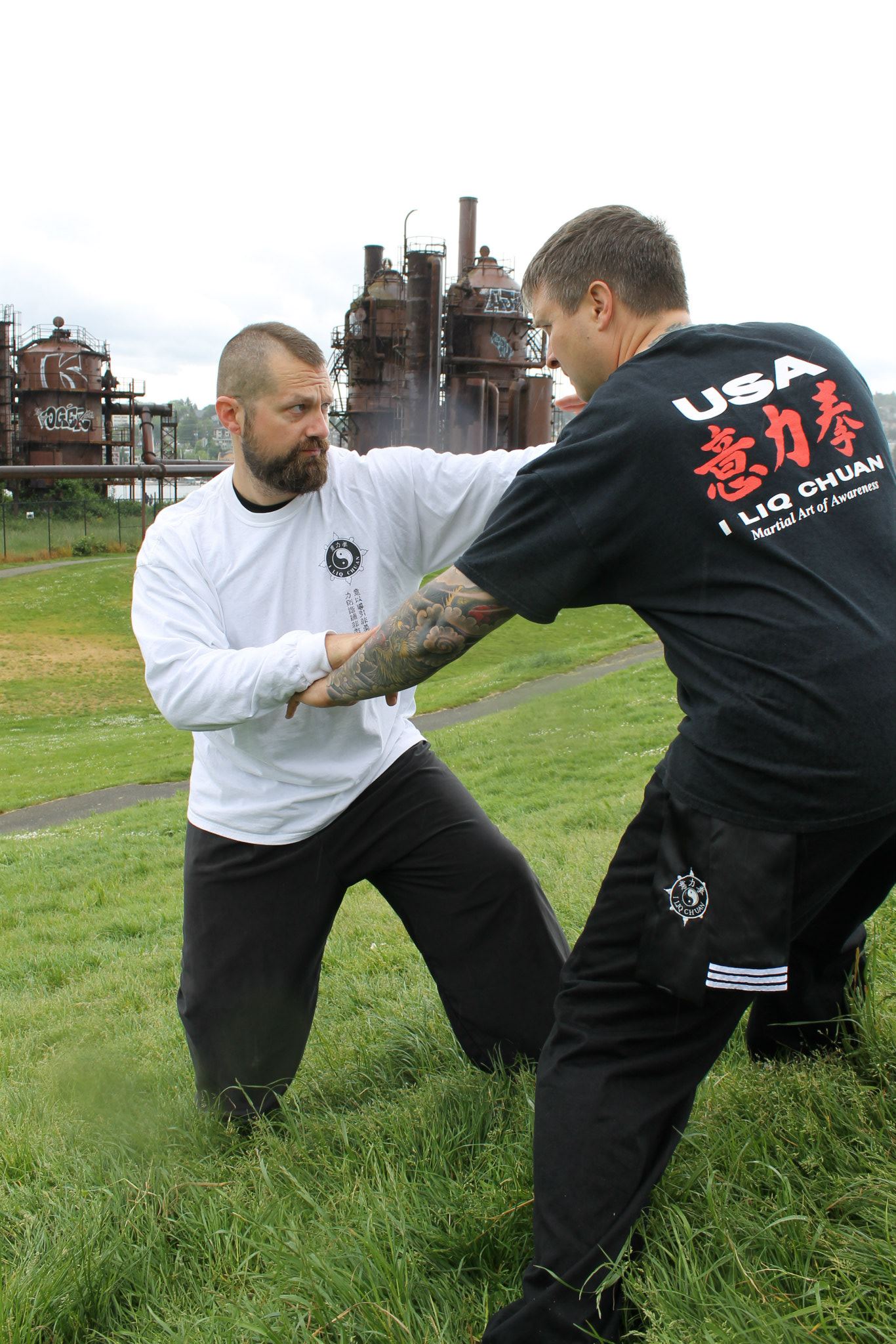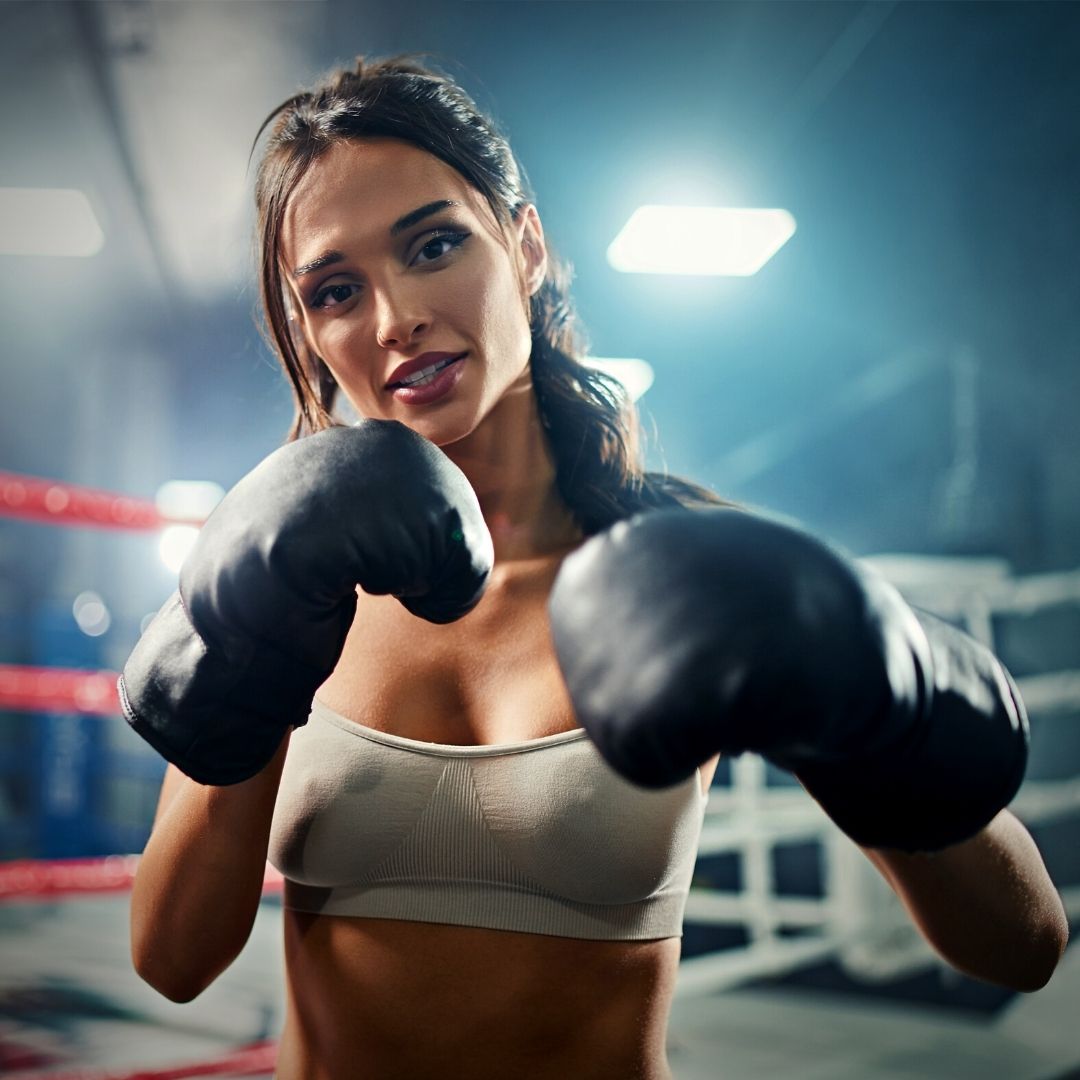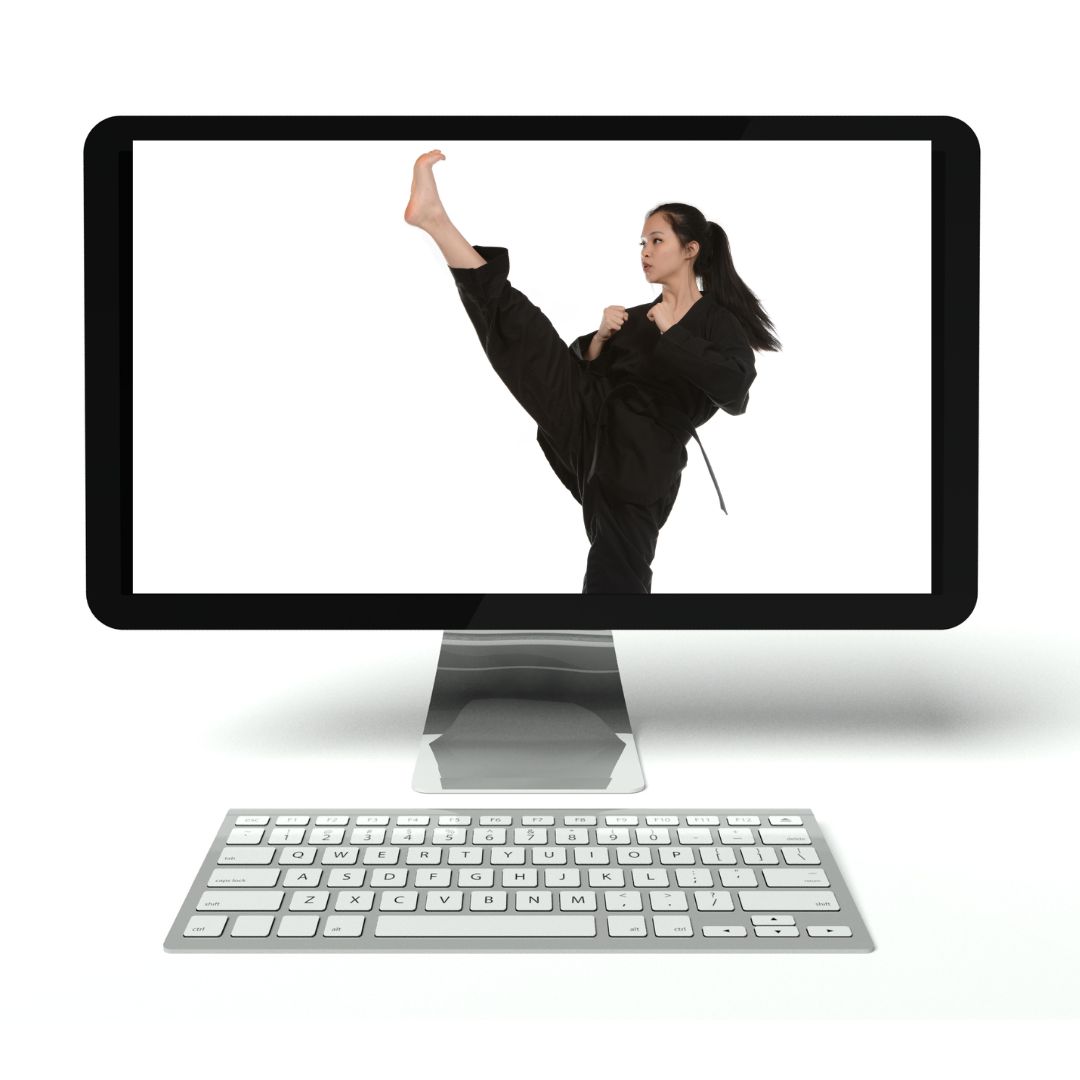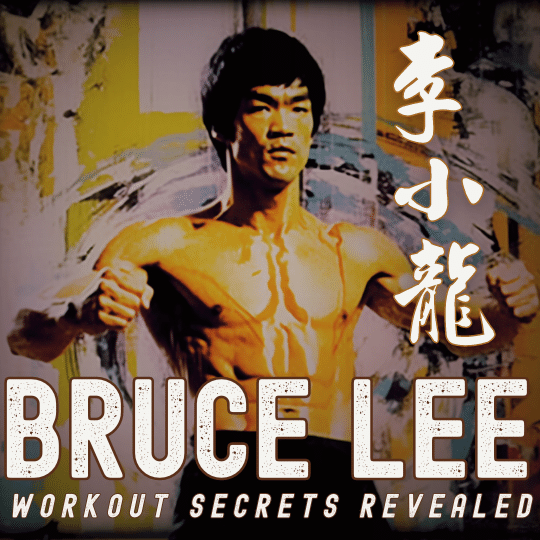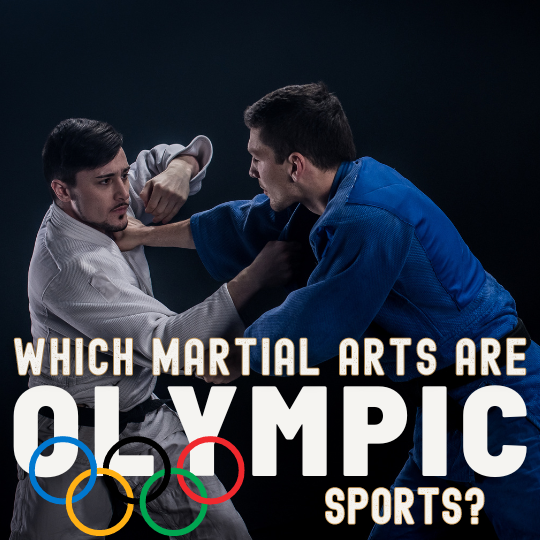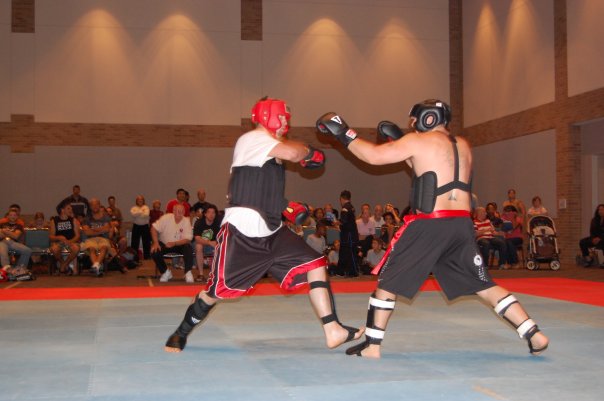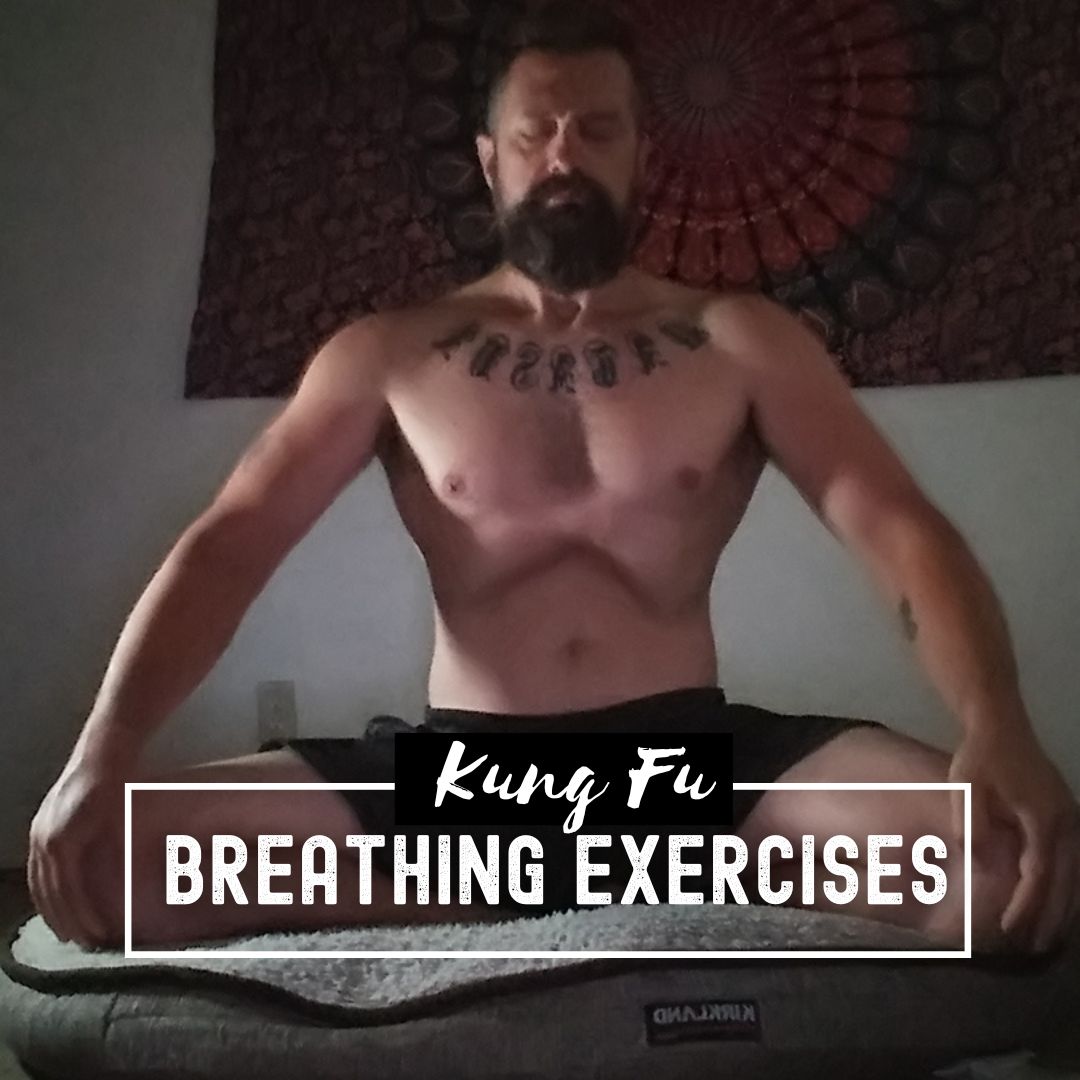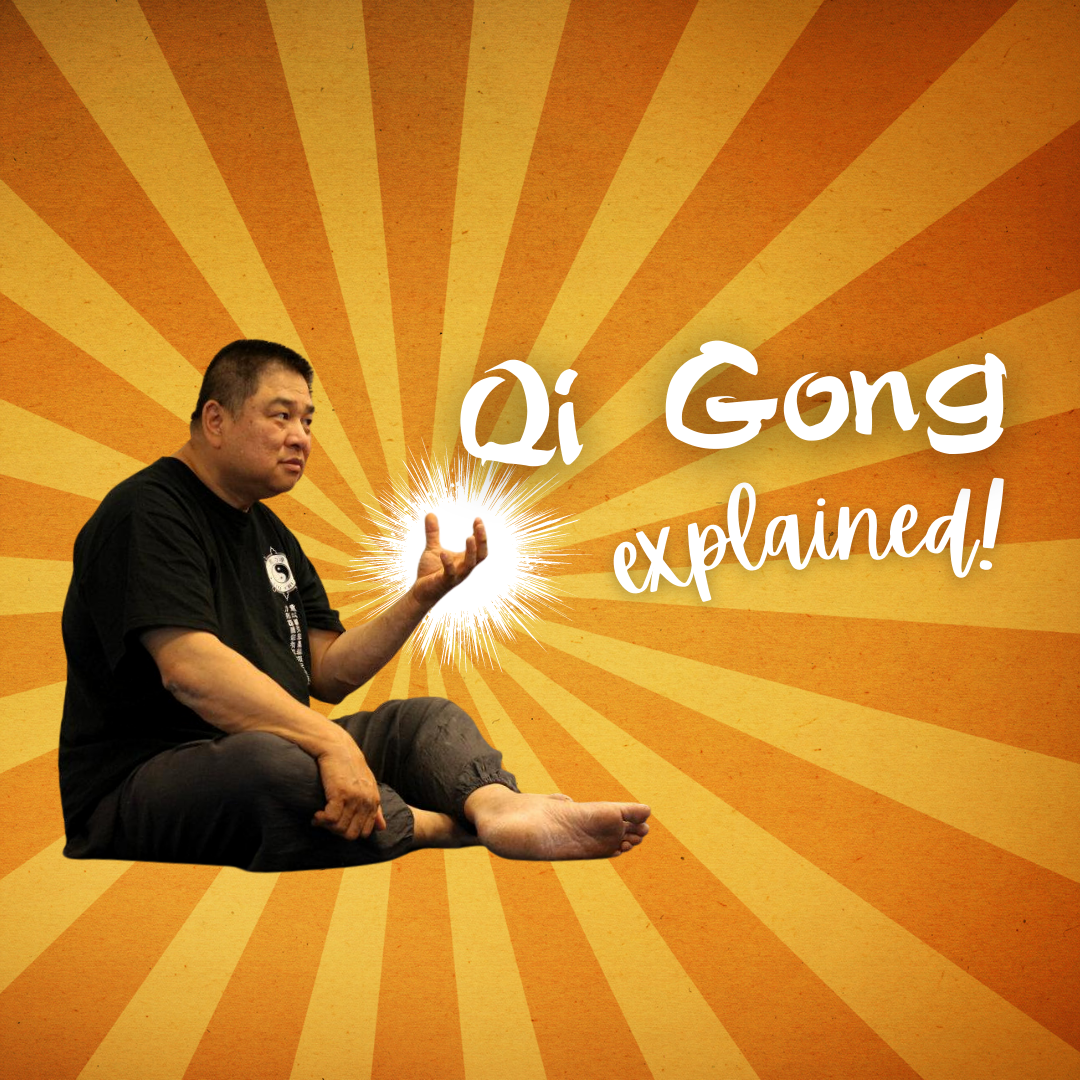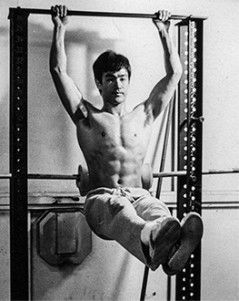
One of the most frequently asked questions I get is, “can martial arts help me build muscle?” Crossfit and bodybuilding aren’t for everybody, but most people still understand at a gut level that building muscle and strength is important. Indeed, a recent review of 10 studies looking at the benefits of strength training found the strongest evidence to date (no pun intended) that any amount of strength training significantly reduced death from all causes, including heart disease and cancer!
Martial arts are a popular form of exercise that can be a great way to build muscle, improve overall fitness, and develop coordination and skill. This article will explore three ways martial arts can help build muscle, including resistance training, sparring, and conditioning exercises.
Key Takeaways
Martial arts can help you build muscle in three ways:
- Resistance Training
- Partner Work
- Conditioning
Limitations of martial arts & building muscle:
- Specificity
- Intensity
- Individual factors like age
- diet & lifestyle factors like sleep
We’ll also consider potential limitations or challenges that may affect the extent to which martial arts can help build muscle, such as intensity, focus on muscle growth, and individual differences. Whether martial arts is an effective way to build muscle will depend on your current condition and any potential limitations or challenges.
In addition to the physical benefits of building muscle, practicing martial arts can also have numerous other benefits, such as improving coordination, flexibility, and mental focus. It can also be a fun and enjoyable way to stay active, maintain a healthy lifestyle, and meet like-minded people who share your values.
Will Martial Arts Build Muscle?

If you haven’t been very active recently, almost anything can help you build muscle. This study looked at how different types of exercise affected obese women’s bodies and health. The women were split into two groups. One group did cardio, and the other did resistance exercise for 12 weeks. Both groups lost fat and gained lean muscle mass.
However, as individuals become more accustomed to their training program and less out of shape, the adaptation processes start to specialize; this means that after about eight weeks, if you want to continue to develop new muscle, you will have to adjust your training. After that, how much muscle you can develop will depend on several factors.
Related Articles
3 Ways Martial Arts Training Can Help You Build Muscle & Get In Shape
- Resistance training: Western-style weightlifting is a recent addition to martial arts programs, but traditional martial arts have always incorporated resistance training of various kinds over the centuries.
- Sparring: Many martial arts styles, such as boxing, kickboxing, and judo, include sparring as a regular part of training. However, hard sparring isn’t the only type of partner training you will practice in martial arts. For example, in I Liq Chuan, we have a unique training method called spinning hands, which involves a lot of heavy pulling and pushing with a partner. It can help to build muscle, as well as improve cardiovascular endurance and overall physical fitness.
- Conditioning training: A martial arts conditioning program typically includes a variety of exercises to improve cardiovascular endurance, power, speed, and flexibility. These may consist of running, plyometrics, agility drills, and stretching. The program may also have specific exercises or drills to improve martial arts skills, such as footwork, punching, and kicking.
Resistance Training
Bruce Lee represents the pinnacle of the martial artist’s physique in the minds of many, and for a good reason. Lee was a pioneer in incorporating modern resistance training methods into his martial arts regimen. Resistance training involves using external resistance to increase muscle strength and endurance. Martial arts have always included resistance training. However, it has taken very different shapes and forms throughout history.
Ancient Resistance Training Methods

Western-style strength training primarily uses barbells and dumbbells. It tends to focus on the sagittal plane and moving the bar in a straight line. In contrast, Eastern strength training methods are much more circular and multiplanar in nature.
The earliest form of strength training in martial arts likely originated in ancient Persia. It involved using heavy clubs called ‘meel,’ large wooden shields called ‘sang,’ and a board called the ‘shena’ for pushup-like exercises. These ancient forms of resistance training are still in use today, especially in Iran, where men meet and train in “houses of strength.” This type of training has a history stretching back possibly 5000 years.
Chinese Kung Fu has its own unique strength training culture, which uses a variety of specialized equipment. The Chinese also developed training methods using a barbell made of bamboo or wood with stone plates on one or both ends, called the “single-head” and “double-head,” respectively. Unlike a Western-style barbell, single and double-headed exercises in martial arts are very dynamic. They involve a lot of swinging and twirling the weights around the body in a circular manner or tossing and catching the weights to strengthen the hands for fighting.
The stone lock is another tool unique to Chinese kung fu. Also used in a swinging, circular fashion or thrown and caught, You can train the stone lock alone or with a partner/small group.
Partner Training
Partner training is another form of training common in martial arts that can help you build muscle, particularly in grappling arts. No activity on earth is more intense and exhausting than fighting or wrestling with another human being! If you’ve ever seen the bull-like necks, thick traps, and gorilla-esque arms of an Olympic wrestler, there can be no doubt about the effectiveness of partner training for building muscle. Remember, resistance exercise is just applying force to an external resistance, which can include another person.
In I Liq Chuan, our fundamental partner training exercise is spinning hands. Unlike Western-style strength training with a barbell, spinning hands develops strength through rotation via a series of pushing, pulling, and “grinding” circular movements with a partner.
Conditioning
Some possible components of a martial arts conditioning program may include:
- Cardio training: This may involve activities such as running, shadow boxing, or skipping rope to improve cardiovascular endurance.
- Strength training: This may involve weight lifting, calisthenics, or bodyweight exercises to build strength and muscle.
- Power training may involve exercises such as plyometrics or medicine ball throws to improve explosive power and speed.
- Speed and agility training may involve drills and exercises designed to improve quickness and coordination, such as ladder or cone drills.
- Flexibility training: This may involve activities such as stretching or yoga to improve flexibility and reduce the risk of injury.
- Body hardening: many martial arts have a variety of body hardening training to desensitize the body to pain, increase bone density for striking and kicking, and ability to absorb impact without injury.
Chinese kung fu, in particular, has a rich history of conditioning and body-hardening techniques. In the video below, Sifu Chris Heintzman demonstrates a few of the unique methods for strength training and body hardening from his Tibetan Hop Gar lineage. (I know Chris from my san da days, and he’s one of the teachers active today I would recommend without hesitation.)
Historically, traditional kung fu had many different training programs to improve resilience and toughness, such as “iron vest/iron body” and “Golden Bell” sets. In addition to subjecting the body to increased stress through repeatedly striking wooden posts, sandbags, etc., these sets also involved various forms of qigong and herbs to help improve recovery between training sessions and help prevent the disability that can happen when we subject ourselves to intense conditioning methods.
Limitations Of Martial Arts & Building Muscle
It’s worth noting that while martial arts can be an excellent way to build muscle, it may not be suitable for everyone, and there may be certain limitations to the extent to which it can help build muscle. Here are three potential reasons why martial arts may not help build muscle for some people:
- Insufficient intensity: While martial arts can be a high-intensity workout, it may not be sufficient to stimulate muscle growth for some people, especially if they are already highly fit or are not training with enough intensity or volume. Muscle growth occurs when the muscles are subjected to progressively more challenging workouts over time, and the intensity and volume of the training need to be sufficient to stimulate this adaptation.
- Limited focus on muscle growth: While some martial arts styles may include specific training drills and exercises that focus on building muscle, others may not emphasize this aspect of training. As a result, individuals primarily interested in building muscle may see less progress through martial arts compared to other training types that focus on muscle growth.
- Individual differences: Finally, it’s essential to remember that everyone is different and will respond differently to training. Some people may have a natural tendency to build muscle more easily than others, which can be influenced by genetics, age, and hormone levels. As a result, even if martial arts is an effective way to build muscle for some people, it may have a different effect for everyone.
Other Considerations For Building Muscle
You can’t out-train a bad diet! Proper sleep and nutrition are crucial. Adequate sleep allows the body to recover, while a balanced diet provides the necessary nutrients for growth. Skimping on either of these lifestyle factors will hinder progress.

The martial arts are known for helping to cultivate discipline. This is one of the most valuable personal qualities we can develop. Discipline protects us from the tyranny of our own worst thoughts, feelings, and behaviours. Having discipline doesn’t mean we have to white-knuckle it through our lives, though.
If you’ve been having trouble losing weight and getting into fighting shape, you’re not alone. A nutrition coach can help you meet your goals by providing personalized nutrition guidance and support. Coaching may include educating on the importance of different nutrients for muscle building or weight loss or offering strategies for overcoming challenges such as cravings or a busy schedule. A nutrition coach can also provide accountability and motivation to help you stay on track and progress toward your goals. If that sounds like something you’re looking for, check out our Fit To Fight one-on-one health coaching program!
Summary
While martial arts can be an excellent way to build muscle and improve physical fitness, it’s essential to consider your individual goals and needs and any potential limitations or challenges when deciding whether it is the right form of exercise for you.
In summary, practicing martial arts can be a fun and effective way to build muscle and improve overall physical fitness and coordination. Martial arts can build muscle through resistance training, sparring, and conditioning exercises.
The intensity and focus on muscle growth may vary depending on the martial arts style and individual factors, including age, sex, stress levels, and lifestyle.
Join our martial arts classes to experience the benefits of building muscle, improving body composition, and developing physical fitness and coordination. Learn from experienced instructors and train with other motivated individuals in a supportive and challenging environment.

Read More!
- Why Hand-to-Hand Combat Still Matters in the Firearm Era
- What is a Kung Fu Master Called?
- Woman Fight’s Off Her Attacker At The Gym!
- Bruce Lee’s Real Fights: The True Stories Behind the Legend
About the Author

Ashe Higgs, I Liq Chuan Master Instructor & L2 Nutrition Coach
Ashe is a highly skilled martial arts instructor and certified nutrition coach with over two decades of experience in the field. He holds a Master Instructor certification in I Liq Chuan under Sam FS Chin, making him one of only several individuals worldwide to hold the title. He has taught classes and workshops worldwide and is passionate about helping others achieve their fitness and wellness goals.
With a background in full-contact fighting and a Level 2 certification from Precision Nutrition in nutrition coaching, Ashe is a well-rounded expert in the fields of martial arts. In addition to his expertise, he has a wealth of experience in teaching and mentoring others. He has a natural ability to connect with his students and inspire them to reach their full potential.
Disclaimers & Conflicts of Interest
I am not a doctor, and the information provided should not be considered medical advice. The information provided is for educational and informational purposes only and should not be used as a substitute for professional medical advice, diagnosis, or treatment. Consult your doctor or a qualified healthcare professional before making any changes to your diet, exercise routine, or lifestyle.
Please note that some of the links provided in this content may be affiliate links, meaning that I may receive a small commission if you purchase through them. However, please rest assured that any products or services recommended are based on my personal experience and belief in their value. I only recommend products or services that I have personally used and believe in.






